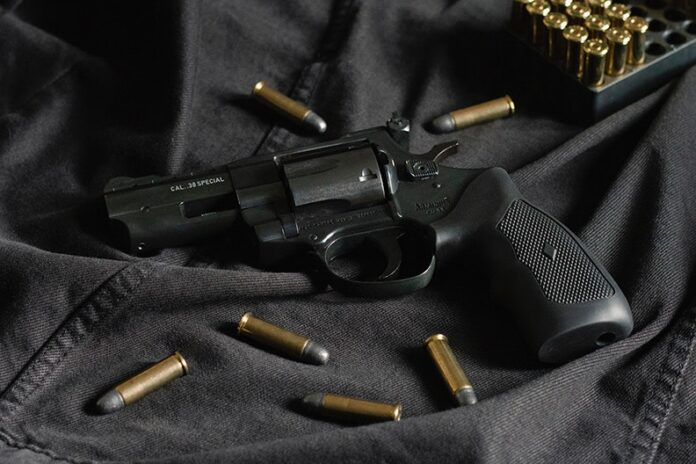
Firearms are powerful tools that demand responsible ownership and usage. One crucial aspect of responsible gun ownership is proper firearm storage. Whether you are a seasoned gun enthusiast or a first-time owner, understanding the importance of securely storing firearms is paramount to ensuring the safety of yourself, your loved ones, and the wider community.
This blog post aims to provide valuable insights into the world of firearm storage, exploring different types of firearms, secure options, safe storage practices, key considerations, locking mechanisms, education and training, childproofing, traveling with firearms, legal obligations, and concluding with a strong emphasis on the significance of responsible firearm storage for everyone’s safety.
Types of firearms: Overview of different firearms and their storage requirements
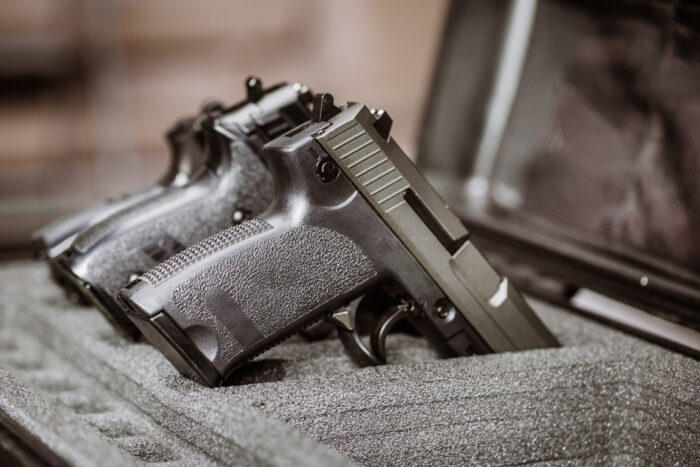
Firearms come in various types, each with distinct storage requirements. Handguns, such as pistols and revolvers, are highly popular for self-defense and concealed carry. They can be stored in dedicated handgun safes or lockboxes, ensuring quick access in case of emergencies while preventing unauthorized use. Long guns, such as rifles and shotguns, require larger storage options due to their size. Gun locks or cabinets designed specifically for long guns are ideal for secure repositories. Additionally, there are specialized warehouse solutions for collectible pistols and valuable antique guns, which offer enhanced protection against theft and damage.
Secure storage options: Exploring safes, lockboxes, and other secure storage solutions
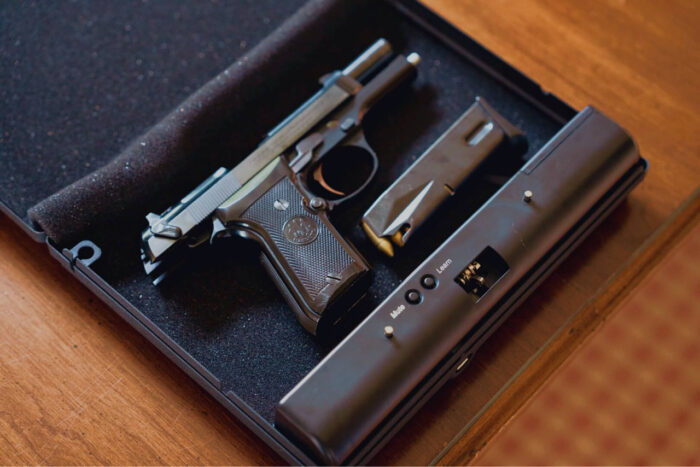
When it comes to secure storage options, there are several choices available to gun owners. The most common and effective solution is the best biometric gun safe. Gun safes offer robust protection against theft, unauthorized access, and damage from fire or flooding. They are available in various sizes, allowing you to choose one that suits your collection and available space. Alternatively, lockboxes provide a more portable warehouse option for handguns, allowing for a secure depository while traveling or in the home. Other secure solutions include locking cabinets, vaults, and even custom-built hidden compartments that offer discrete yet effective protection.
Safe storage practices: Essential guidelines for safely storing firearms
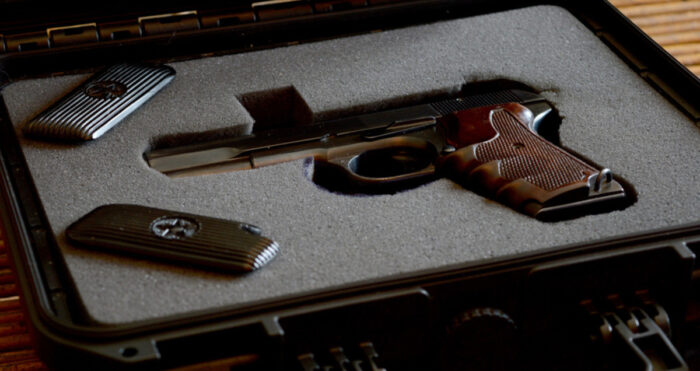
While choosing the right storage option is crucial, implementing secure depository practices is equally important. Always store them unloaded and separate them from ammunition. This reduces the risk of accidental discharge and unauthorized use. Utilize trigger locks or cable locks to immobilize the pistol, rendering it inoperable. Securely anchor locks or cabinets to the floor or wall to prevent theft. Maintain proper humidity levels and use dehumidifiers or desiccants to protect it from rust and corrosion. Regularly inspect and maintain your solution to ensure its reliability. Lastly, keep a detailed inventory of your pistol and its serial numbers for insurance and legal purposes.
Key considerations: Factors to consider when choosing a storage option
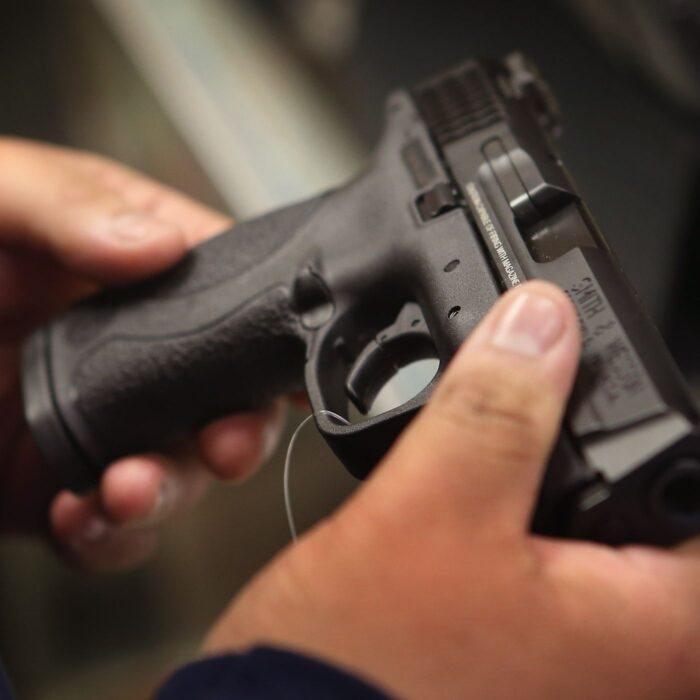
When selecting a repository option, several key factors should be considered. The level of security offered by the repository solution is paramount. Look for safes or lockboxes with strong construction, pry-resistant doors, and reliable locking mechanisms. Consider the capacity needed to accommodate your current and future firearms. Accessibility is another crucial factor to evaluate. Choose a warehouse option that allows quick and easy access to your pistols in case of emergency while preventing unauthorized access. Finally, consider the cost of the depository solution, balancing your budget with the level of security and convenience you desire.
Locking mechanisms: Understanding different types of locks for added security
Locking mechanisms play a crucial role in ensuring security. Combination locks, using a unique code, are common in gun safes and lockboxes, providing reliable security. Electronic locks, employing keypads or biometric scanners, offer quick and convenient access while maintaining robust security. Key locks are a traditional option, requiring physical keys for access, but they may pose the risk of key loss or duplication. Some locks also utilize dual locking mechanisms, combining multiple lock types for enhanced security. Understanding the different types of locks available will help you choose the one that best suits your needs.
Education and training: Highlighting the importance of firearm safety education
Proper storage is only one part of responsible gun ownership. Education and training are equally essential. Familiarize yourself with local, state, and federal laws regarding pistols and requirements. Seek out reputable security courses and training programs to develop a comprehensive understanding of lock handling, repository, and usage practices. Regularly practice safe handling techniques, including proper muzzle control, and trigger discipline, and always treat them as if they are loaded.
Childproofing your storage: Tips for preventing access to firearms by children

Best practices for storing firearms during travel
When traveling with firearms, it is crucial to comply with local and federal regulations and prioritize safety. Always check the laws of your destination regarding transportation and storage. Ensure they are unloaded and stored in locked containers, separate from ammunition. Use TSA-approved locks to secure them while flying. If traveling by vehicle, secure them in locked cases or locks, out of sight and reach. Avoid discussing your possession or travel plans with strangers to prevent potential theft.
Legal obligations: Overview of legal requirements and responsibilities regarding firearm storage
Understanding and adhering to legal obligations is an integral part of responsible ownership. Laws regarding its storage and accessibility vary by jurisdiction. Research and familiarize yourself with local, state, and federal regulations pertaining to safe depository requirements. Some areas may have specific laws mandating the use of gun safes or lockboxes. Failure to comply with legal obligations can result in penalties, liability, and even criminal charges in the event of accidents or unauthorized access.
Conclusion: Emphasizing the importance of responsible firearm storage for everyone’s safety
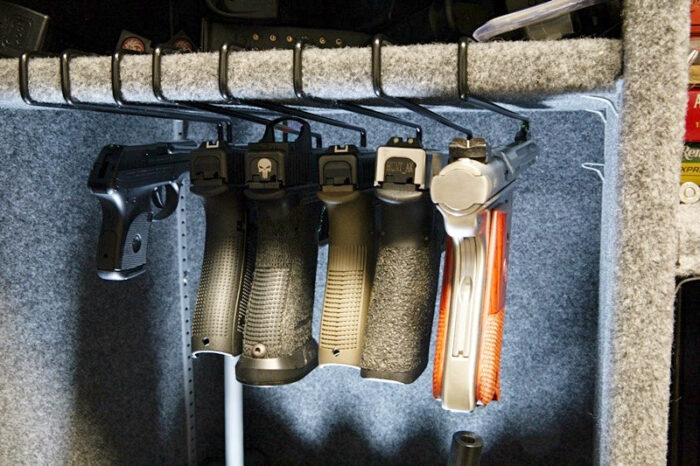
Proper firearm storage is an essential aspect of responsible gun ownership. By securely storing firearms, we reduce the risk of accidents, theft, and unauthorized access, ensuring the safety of ourselves, our loved ones, and society as a whole. Whether it’s choosing the right storage option, implementing secure warehouse practices, investing in education and training, childproofing our repository, or complying with legal requirements, every step we take toward a responsible firearm depository contributes to a safer environment. Let us strive to be conscientious gun owners, respecting the power of firearms and protecting those around us by keeping danger at bay through proper storage.








